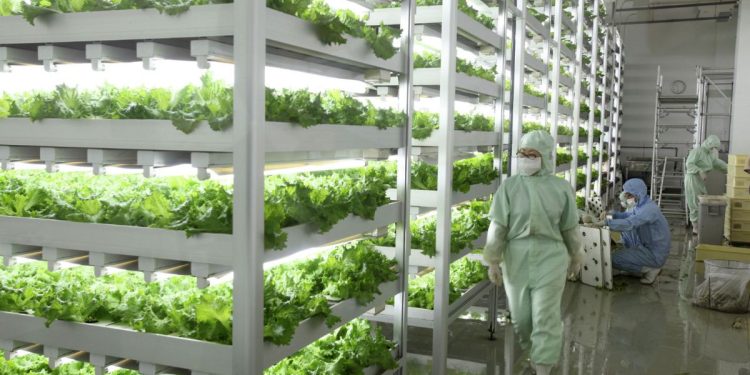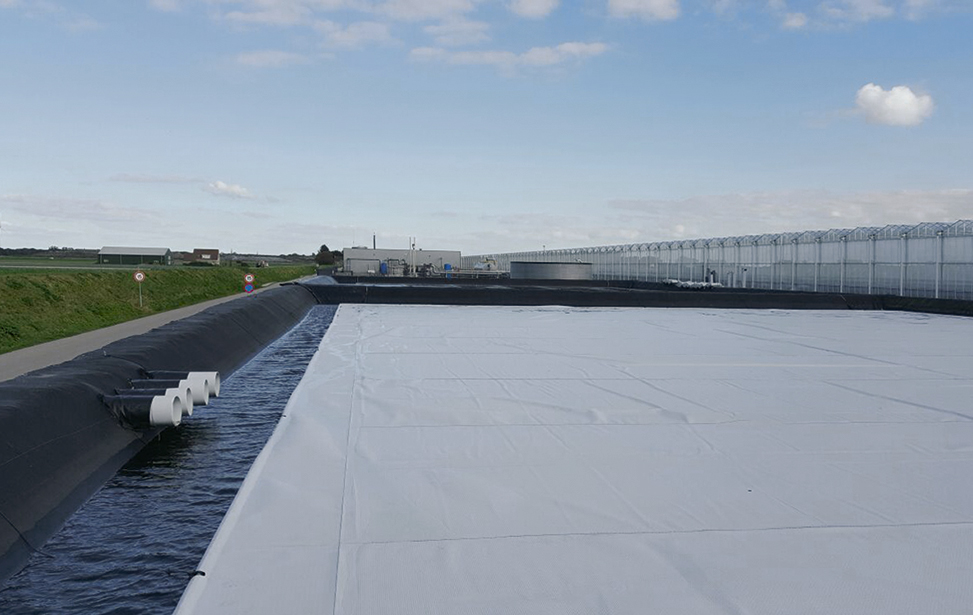In order to ensure national food security, China is increasingly implementing vertical farming, which involves cultivating crops in vertical structures using hydroponics. This method provides higher yields and is less resource-intensive, but is currently expensive. According to the UN’s World Food Program, the global average of agricultural land per person has decreased from 0.45 hectares in 1961 to 0.21 hectares in 2016. This will continue to decline with the growth of the global population, which is predicted to reach 9 billion by 2037. China, which has only 9% of the global arable land and 6.6% of the global freshwater resources, faces significant challenges in feeding its population.
China began developing vertical farming in the late 1990s, and currently, there are about 250 agricultural enterprises in the country practicing vertical farming, with hundreds of projects on the way. According to experts, vertical farming has many advantages. Firstly, it provides high yields. “On traditional farms, they harvest crops once or twice a year. In vertical farms, we do it every month: in a controlled environment, vegetables mature in 28-30 days,” says Wei Linlin, the executive director of the Beijing-based company AgriGarden. She also emphasized that vertical farms significantly reduce transportation costs for agricultural products, as they can be built directly in cities near the consumer. For example, one of AgriGarden’s promising projects is the construction of vertical farms at Beijing subway stations, where the freshest vegetables can be sold immediately.
The prospects of urban vertical farming are also supported by Dixon Despommier, an American ecologist and advocate of this approach. According to his forecast, by 2050, 80% of the global population will live in cities, which makes it extremely important to grow food on the spot. He believes that a 30-story vertical farm could produce the same amount of food as a 1,000-acre traditional farm.
China’s investment in vertical farming is aimed at increasing food production and reducing resource usage, which is crucial for feeding the country’s large population with limited resources. Vertical farming has the potential to revolutionize the agriculture industry, and as the world’s population continues to grow and urbanize, it may become increasingly important to adopt this approach to ensure food security












